In the ever-evolving landscape of finance, a notable discussion has emerged surrounding the merits of digital assets, particularly cryptocurrencies, when compared to traditional fiat currencies like the Euro. This article aims to unravel the complexities of this comparison, shedding light on the advantages and challenges associated with each form of currency.
Advantages of Cryptocurrency:
- Decentralization Unleashed: Cryptocurrencies operate on decentralized blockchain technology, freeing them from the influence of central authorities. This characteristic resonates with those who value financial autonomy and seek to avoid the impact of centralized financial systems.
- Global Accessibility Beyond Borders: Cryptocurrencies provide universal access, transcending geographical boundaries. This global accessibility is especially attractive for those seeking financial inclusion and a medium of exchange that operates seamlessly on a worldwide scale.
- Enhanced Security and Transparency: Blockchain, the foundational technology of cryptocurrencies, introduces enhanced security and transparency to financial transactions. The decentralized nature of the ledger reduces the risk of fraud and ensures a transparent record of all transactions.
- Inflation-Resistant Hedge: Some cryptocurrencies, notably Bitcoin, are often considered a potential hedge against inflation due to their capped supply. The finite nature of these digital assets contrasts with traditional currencies that may be subject to inflationary pressures.
Challenges of Cryptocurrency:
- Volatility as a Double-Edged Sword: Cryptocurrencies are infamous for their price volatility. While this volatility can present investment opportunities, it also introduces risks for holders and can impact the stability of these digital assets as a reliable medium of exchange.
- Regulatory Uncertainty on the Horizon: The regulatory landscape for cryptocurrencies is evolving, and uncertainty persists across various jurisdictions. Regulatory developments have the potential to influence the acceptance and utilization of cryptocurrencies.
- Barriers to Widespread Adoption: Cryptocurrency adoption faces barriers, including technological complexities, public understanding, and regulatory challenges. These factors hinder the seamless integration of cryptocurrencies into everyday transactions.
Advantages of Euro (Fiat Currency):
- Stability Amidst Economic Seas: Traditional fiat currencies, such as the Euro, are generally more stable than many cryptocurrencies. This stability provides predictability for users, supporting their confidence in the value of the currency.
- Government-Endorsed Legitimacy: Fiat currencies are recognized as legal tender by governments, businesses, and individuals. The endorsement by governments instills trust and confidence in the value and acceptance of traditional fiat currencies.
- Established Financial Infrastructure: Traditional financial systems, including banking networks and payment methods, are well-established and widely adopted. The robust infrastructure facilitates the seamless use of fiat currencies for various transactions.
- Central Bank Backing: Fiat currencies typically enjoy the backing of a central bank or a government, providing an additional layer of trust in their stability and value.
Conclusion:
The debate between cryptocurrency and traditional fiat currency, particularly the Euro, encapsulates a nuanced exploration of financial options. Each form of currency carries its own set of advantages and challenges, catering to diverse preferences and needs within the global financial landscape. The decision between digital assets and fiat currencies ultimately rests on individual perspectives, risk appetites, and the specific use cases considered. As the financial world continues to evolve, the coexistence and potential synergy between digital currencies and traditional fiat will undoubtedly shape the future of finance.




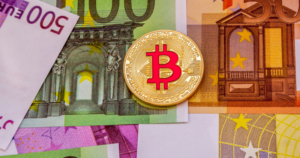
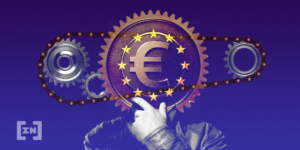









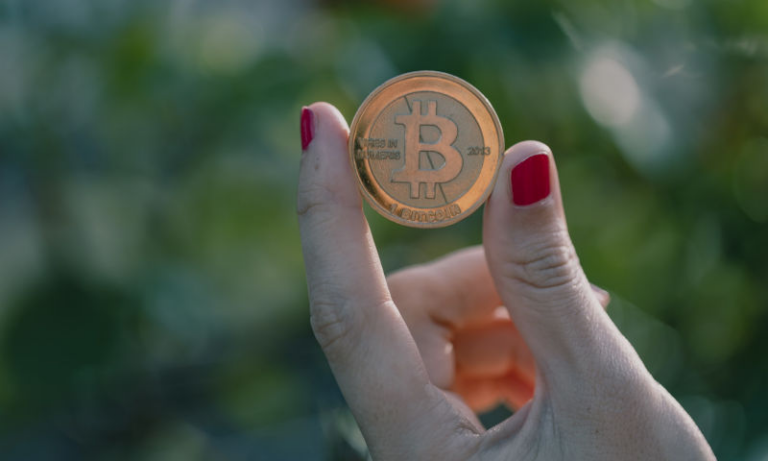

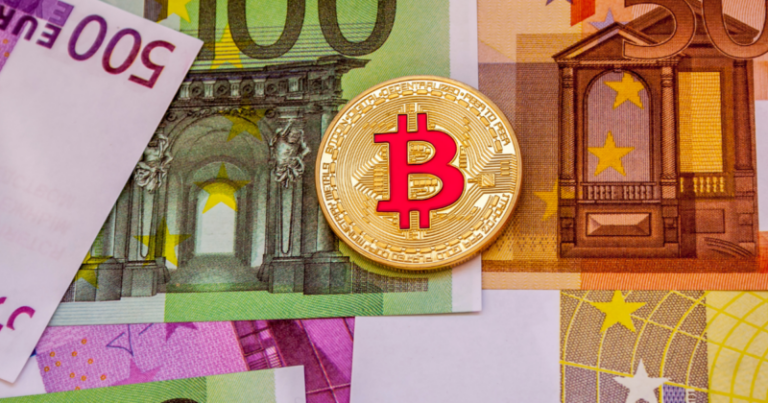
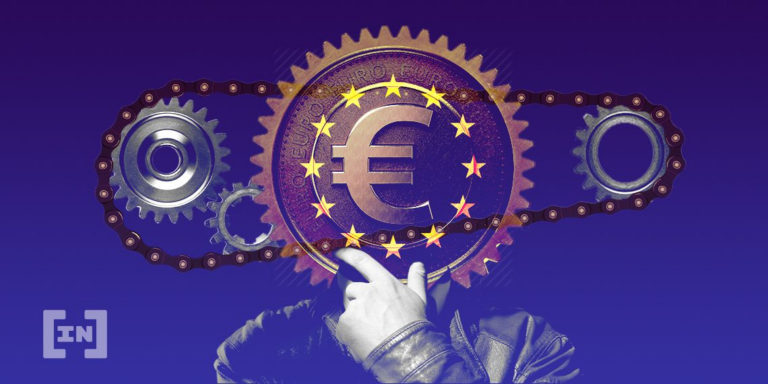

+ There are no comments
Add yours